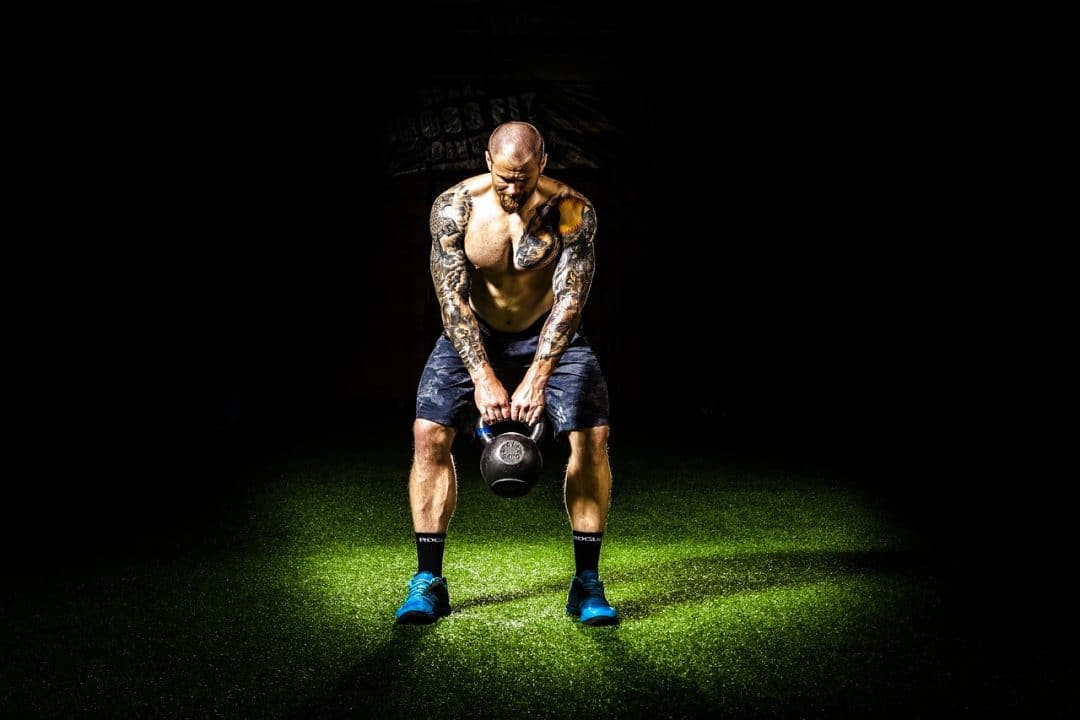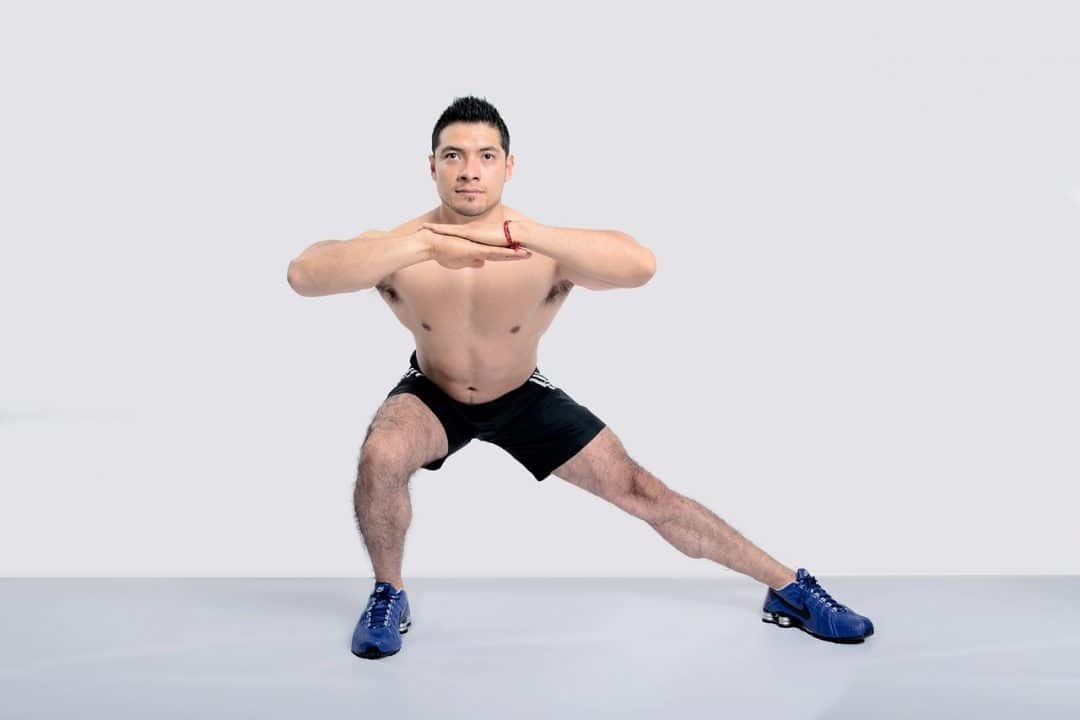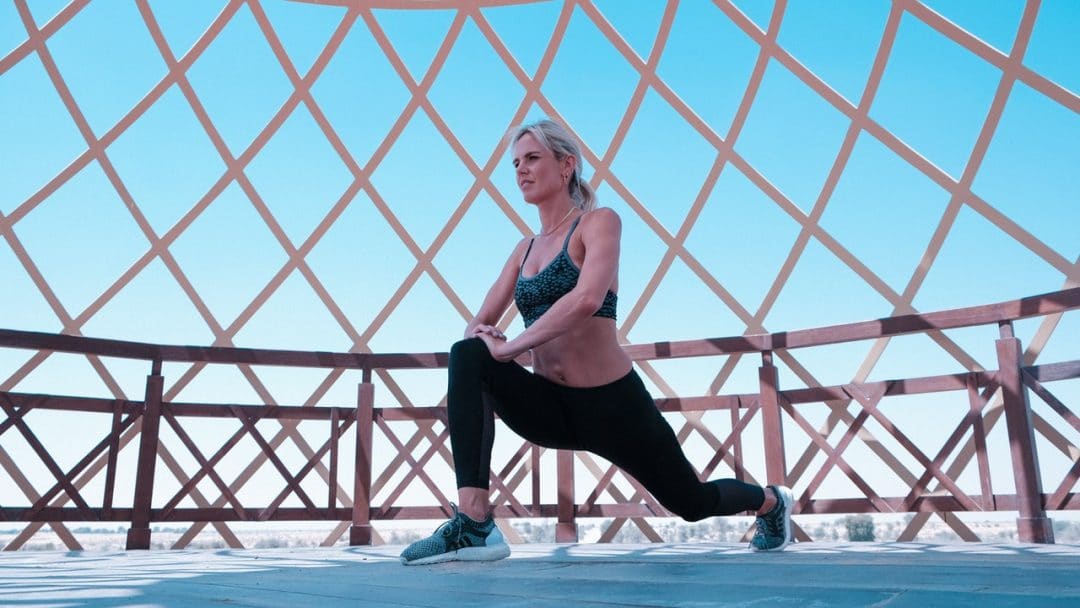Staying active is highly recommended by medical practitioners. An active lifestyle is vital for you to maintain a good physique and to be healthy. Regular exercises prevent most of the diseases, including heart diseases, diabetes, and some types of cancer. Besides, exercises reduce the likelihood of developing arthritis and improve flexibility, balance, endurance, and strength. One type of exercise you can include in your routine training is lunging. Do you know how to do lunges? If you don’t know how to do lunges, this article is for you. This article highlights how to do lunges, why doing them incorrectly is a bad idea, and how to do them correctly for optimal results.
What Are Lunges?
Lunges are a staple exercise to include in your training outline. If you have not tried them before, we recommend that you include them in your training sessions. This is because lunges are vital in training your glutes, core, quads, and hamstrings. They target them all at once, which helps you burn calories for a great shape. The added advantage to regularly doing lunges is that you can do them anywhere.
You should learn how to do lunges by adopting the following lunges in your training sessions
Forward Lunges
These lunges hit your glutes and hamstrings more but also your quads. They are good for awesome thigh strength and definition
Reverse Lunges
They are great for cross-training moves, where you throw the lunges in reverse, which significantly takes the focus off of your quads and concentrates more on your glutes and hamstrings. Some women also find them easier on their knees.
Walking Lunges
This is the most functional variation of lunges. It works on your muscles similar to when you walk and run. While it is difficult to do, start with the forward lunges.
Side Lunges
Most workouts for women do not consider side-to-side workouts. However, the side lunges will ensure that you work side to side, which helps you to strengthen your glutes. Strengthened glute medius is critical to fending off running injuries and for hip stability.
Isometric Lunges
Holding a lunge is not the easiest task, but it is one of the best in rehab situations, such as when recovering from a knee injury. If you have noticed any weak spots while doing the walking, forward, and backward lunges, doing the isometric lunges and holding the most troublesome position helps you strengthen your legs significantly when they are bent at that exact angle.
Why Doing Lunges Incorrectly Is a Bad Idea
Even though lunges are excellent in burning calories, they should be done correctly. If you are planning to incorporate them into your training routine, make sure you are not doing more harm than good. If you do them incorrectly, such as adopting a bad alignment or poor form, they could irritate your joints, especially your knees. A good rule of thumb when doing lunges is if you feel pain in your knees, check the firm pointers discussed in the next section.
Failure to learn proper hip and knee movement as you do lunges can also lead to a poor range of motion. This results in slow muscle mass development, discomfort, or even injury in the hips and knees. If you feel pain, it is recommended that you take smaller steps while doing the movements. Reducing the range of motion will still help you develop good strength and alignment.
Avoid stepping too far forward because the knees will absorb the pressure, which may cause muscle and ligament strains or tears. Besides, doing them incorrectly puts strains on your body, which may cause aches on the lower abdomen. If you do not do them correctly, you will injure your knee. You may even fall, which might cause bodily harm.
How to Do Lunges Correctly
Below is a guide to each variety of lunge that you should follow carefully.
Forward Lunges
Stand tall while spreading your feet hip-width apart. Hold your hips or grab weights. Take a slow and controlled step forward with your right leg. Keep your spine tall and body weight in your heels. Lower your body until both back and front legs form a 90-degree angle while keeping your knees directly over your ankles. Pause and then bring your right leg back to the starting position. Do not wobble. Repeat with the left leg.
Reverse Lunges
Stand tall while spreading your feet hip-width apart. Hold your hips or grab weights. Take a slow and controlled step backward with your right leg. Keep your spine tall and body weight in your heels. Lower your body until both back and front legs form a 90-degree angle while keeping your knees directly over your ankles. Pause and then bring your right leg forward to the starting position. Again, do not wobble. Repeat with the left leg.
Walking Lunges
Stand tall while spreading your feet hip-width apart. Hold your hips or grab weights. Take a slow and controlled step forward with your right leg. Keep your spine tall and body weight in your heels. Lower your body until both back and front legs form a 90-degree angle while keeping your knees directly over your ankles. Pause and then take a big step forward with your left leg. Continue alternating to move forward across the floor.
Side Lunges
Stand tall with your feet together. Hold your hips or grab weights. Take a big and controlled step to the right with your right leg ensuring that you land flat on tour foot. Keep your chest up and your weight on your heels. Push your hips back and bend your right knee and lower your body until your right leg is above parallel to the floor and your right knee directly over the ankle. Keep your right leg straight in the entire move. Pause and then bring your right leg back to the starting position. Then step sideways with your left leg and repeat.
Isometric Lunges
Stand tall while spreading your feet hip-width apart. Hold your hips or grab weights. Take a slow and controlled step forward with your right leg. Keep your spine tall and eight on the heels. Lower your body until you reach your desired depth. Hold as long as you can without breaking form or wobbling. Bring your right leg to the starting position. Step forward with your left leg and repeat.
Now that you know how to do lunges, here are the tips. Perform the lunges for about four weeks using only your bodyweight before using weights. You can add kettlebells or dumbbells to the mix. Start by using 10 pounds and then increase the weight as you feel comfortable. Other tips include:
Everything Over Everything

Image via Pixabay
You should always ensure that the front foot is planted fully on the flow before you descend downwards with the back knee. The feet should always stay underneath you so they have a natural crease at the bottom while performing the movement.
Since the lunges involve the movement of the entire body, there are plenty of opportunities for a bad form to ruin the entire exercise. You should follow the following alignment. First, the ears should be stacked over your shoulders. The shoulders should be over hips and the front knee over the middle of the front foot. Ensure that you keep the foot pointed straight ahead.
To avoid developing poor lunge movement habits, always do the lunges with only your body weight without adding extra weights such as dumbbells. Add one-second isometric hold at the bottom of the lunge movement to conduct a quick spot-check of your form. If you can hold that down without issues on your knees, you can add an external load, such as barbells, dumbbells, or medicine balls.
Be Kind on Your Knees
Many people struggle with the lunge due to the knee or hip flexibility issues. Doing a simple leg press on a leg press machine or lunge using a Smith machine are great ways of ensuring you have the right stability while getting the benefits of the lunges. While using the Smith machine, space your feet in the lunge to ensure your legs are 90 degrees angled once your back knee touches the ground. You should ensure you sink your hip straight down while ensuring that you keep your weight on your heels.
How Long Can You Go?
The deeper you go when lunging, the more thoroughly you’ll engage the leg muscles. If you do not get low enough, you will not complete the motion set. You should nudge that front foot up or that back foot up when doing reverse lunges.
Check Your Stance
If you wobble, your step range may be the issue. Take a stride long enough when stepping forward. Ensure your back foot is balanced on the ball of the foot to maintain an upright position. You should not extend your front knee forward beyond your foot front, or you may strain your knee.
Conclusion

Image via Pixabay
You should learn how to do lunges. Lunges are vital in training your glutes, core, quads, and hamstrings. There a variety of movements you can adopt when doing them. These include forward lunges, reverse lunges, walking lunges, side lunges, and isometric lunges. You should ensure you do them correctly. If you do them incorrectly, such as adopting a bad alignment or poor form, they could irritate your joints, especially your knees. Besides, failure to learn proper hip and knee movement as you lunge can also lead to a poor range of motion.
Incorrect movements result in slow muscle mass development, discomfort, or even injury in the hips and knees. While doing lunges, ensure that the front foot is planted fully on the flow before you descend downwards with the back knee. We hope that this article has adequately addressed how to do lunges, why doing them incorrectly is a bad idea, and how to do them correctly for optimal results.
